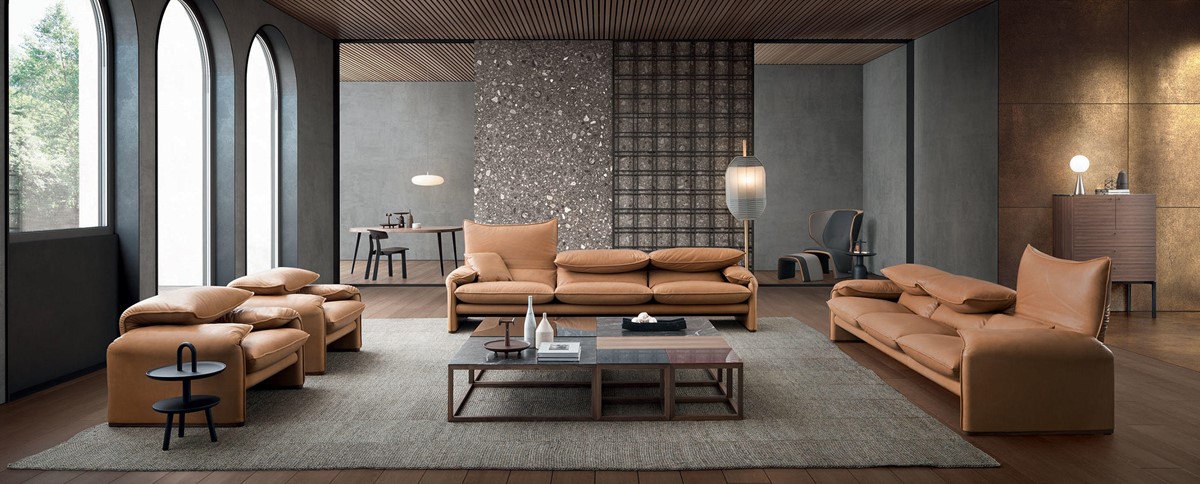Back-Wing Armchair
- Designer:
- Patricia Urquiola
- Brand:
- Cassina
Changes have been made to the following workplace policies in response to the COVID-19 coronavirus. Please make sure you’re familiar with the latest updates.
Lorem ipsum dolor sit amet, consectetur adipiscing elit. Pellentesque efficitur elementum ornare. Aliquam ac lacinia mi, id ultricies tortor. Fusce euismod, arcu sit amet consectetur tristique.
We don't appear to have any products related to your search term. Please try again.
Shipping and discount codes are added at checkout.





Tre Pezzi can be upholstered in a range of Cassina fabric and finish options, please enquire to view the full library of available options.
This design dates back to 1959. And today, after half a century, the meticulous reissue by Cassina for the Cassina I Maestri collection, still conveys all of its distinct modernity.
Franco Albini, an architect since 1929, forged an alliance with Cassina in the 1940s. In 1952, together with Franca Helg, his regular partner from that year on, he designed the Tre Pezzi armchair, an ultra-modern reinterpretation of the classic bergère.
The deep set, the back support ring that traces a perfect semi-circle and the half moon headrest, all have their own clean and distinct sharp geometric shape. Large, padded and embracing, they combine simplicity of form with a feeling of absolute comfort The tubular metal of the armrests borrows the detail of the Milanese underground handrails, another design by the same Master.
This design dates back to 1959. And today, after half a century, the meticulous reissue by Cassina for the Cassina I Maestri collection, still conveys all of its distinct modernity.
Franco Albini, an architect since 1929, forged an alliance with Cassina in the 1940s. In 1952, together with Franca Helg, his regular partner from that year on, he designed the Tre Pezzi armchair, an ultra-modern reinterpretation of the classic bergère.
The deep set, the back support ring that traces a perfect semi-circle and the half moon headrest, all have their own clean and distinct sharp geometric shape. Large, padded and embracing, they combine simplicity of form with a feeling of absolute comfort The tubular metal of the armrests borrows the detail of the Milanese underground handrails, another design by the same Master.
Designer
He was a major figure in the Rationalist Movement, excelling in architectural, furniture, industrial and museum design.

